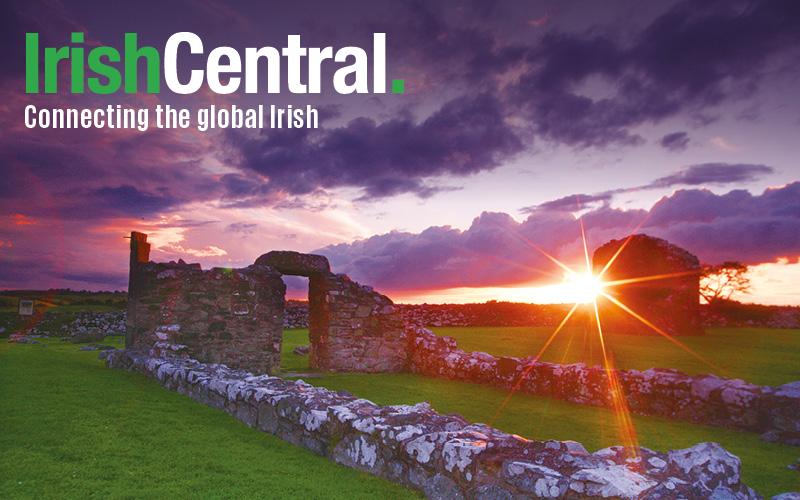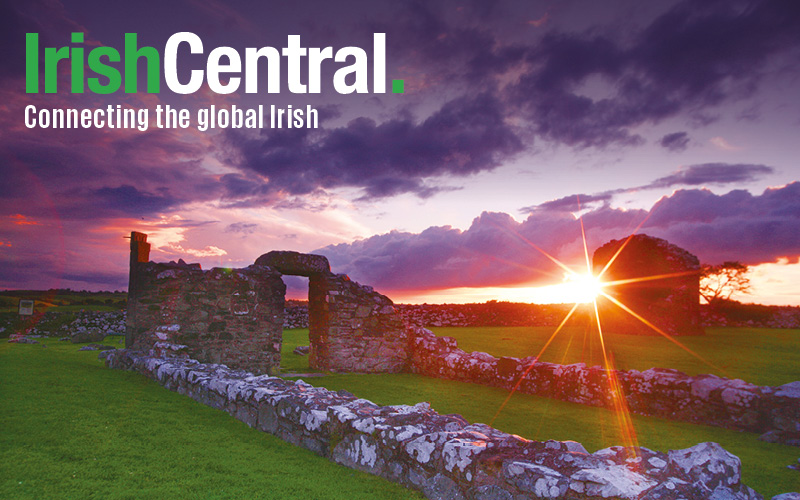We’ve all had that jarring existential moment when we take a look at our surroundings and think: ‘how did I get here?’ For me, that moment was last week, when I was sitting 300 feet in the air on a wooden bench, playing Yankee Doodle on the church bells for the whole town of Cobh, County Cork to hear.
Beside me was Adrian Gebruers, who in 1970 became the carillonneur, or church bell maestro, of the heritage town’s Saint Colman’s Cathedral. The historical carillon, the only one of its kind in Ireland and the biggest in the British Isles, boasts 49 bronze cast bells in four chromatic octaves. Among them is Ireland’s heaviest bell, named Saint Colman, weighing in at 3.6 tons.
Gebruers, who is well known in Cork and in the international carillon community, succeeded his father, Belgian composer Staf Gebruers, as the Cathedral’s carillonneur after his death. Staf was the first appointed carillonneur of Saint Colman’s in 1924, when he was merely 22 years of age.
Adrian, a lecturer in carillon studies at University College Cork, and former President of the World Carillon Federation, showed me up 200 stairs in a narrow, unlit, spiral staircase and a few ladders before we reached the top of the spire’s belfry, where the marvelous instrument lives.
Unsure what to expect, I was wonderstruck when he began to play. Out of the instrument, which consisted of a keyboard (two tiers of wooden levers), a pedalboard, and thick connecting cables that disappeared into the ceiling, came a hauntingly beautiful tune – powerful yet delicate. It was like the familiar, intricate sound of church bells ringing, but so close to the ear that you can feel it in the heart.
Adrian, a terribly stoic man, showed off his Cork sense of humor by then playing some juxtaposing tunes, like the Laurel and Hardy theme song, "Dance of the Cuckoos." He asked if I knew how to play any songs on the piano, to which I said "Mary Had a Little Lamb." He proceeded to play the nursery rhyme in a humorously overpowering, dramatic fashion.
Adrian asked if I knew any American themed songs, to which I said "Yankee Doodle." He slid over on the bench and told me to give it a go. After laughing off what I thought was a joke, he told me again to try and play the tune as an ode to my country.
From my childhood piano teacher’s living room in Brooklyn all the way to a carillon bench high in the sky of County Cork, Ireland, there I was, slowly but surely playing "Yankee Doodle Dandy," with Adrian’s direction and patience.
“You have a live audience of about 10,000 people hearing your concert,” he joked. It was only then that I realized everyone in earshot of the stately cathedral could hear my sad rendition of the tune I once had to sing in a school play.
Saint Colman’s Cathedral stands atop a hill overlooking Cork Harbour and the whole town of Cobh; the view of the colorful town and water from the belfry was absolutely breathtaking. Thousands of rainbow houses lined the coast and rainbow boats waddled in place.
“The beautiful setting is appropriate for an instrument that is considered one of the best examples of its genre,” Adrian said.
Many emigrants left Ireland from the port of Cobh in search of a new life overseas, which is how it earned the nickname “The Diaspora Port.” One of Ireland’s biggest emigrant towns, formerly known as Queenstown, Cobh was Titanic’s last port of call before it sailed off toward America. Many emigrants who’ve returned to visit Cobh have recounted how their families said their last prayers in Saint Colman’s Cathedral before setting out. These emigrants say that the beautiful sound of the carillon fading into the distance became a long-cherished final memory of their native land.
Read more: Top ten things to do in historic Cobh, County Cork (PHOTOS)
Thus, typical carillon songs include emigrant songs like “Come Back to Erin,” “If We Only Had Ireland Over Here,” “The Irish Emigrant,” “Little Grey Home in the West,” “The Lowlands Low,” and “The Irish Rover.” While there’s a growing body of music composed specifically for the carillon, other genres like folk, classical, religious or modern can be performed as well.
More than a hundred years ago, the Bishop of Cloyne, Bishop Robert Browne, commissioned the grand carillon from the bell-founders John Taylor & Son of Loughborough in England to be the crowning glory of his magnificent new cathedral. It was installed between the end of 1915 and the beginning of 1916.
Mechanically speaking, the bells themselves do not move. Each bell is equipped with a “clapper” that is connected by direct mechanical linkage cables to the pedals and keyboard of the console, which themselves move to strike the bell. They’re completely touch responsive, which gives the carillonneur full capability for every musical expression, from a light whisper to a thunderous fortissimo.
The carillon is completely mechanical, with no artificial assist. There is, however, a computer operated automatic system that uses fourteen of the heaviest bells, which plays the chimes every quarter of an hour, the Angelus at noon and 6pm, and the call to Mass.
In the Cathedral’s carillon room was a little book where visitors can sign their names and add short comments. The dates were irregular, and the visitors were mostly Adrian’s students, as he can’t often bring people up with the height posing a safety concern. Comments were along the lines of “breathtaking,” “speechless,” and “an honor.” The cathedral is an architectural masterpiece – a staple of the Cobh landscape, perched in the center of the town. Mr. Gebruers and his carillon give it a voice to sing to the town in 49 beautiful tones.




Comments